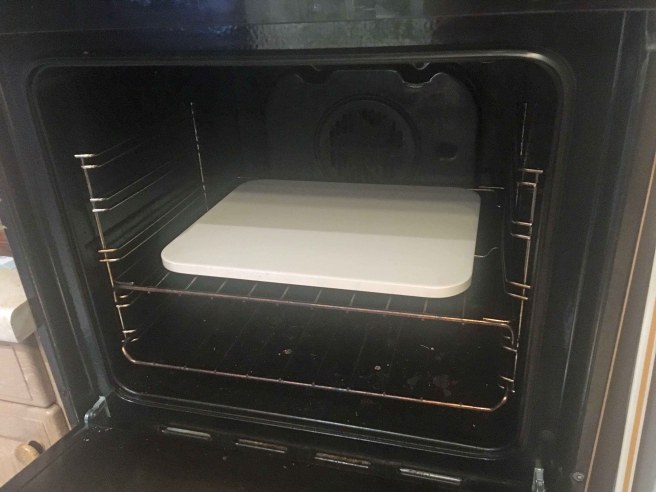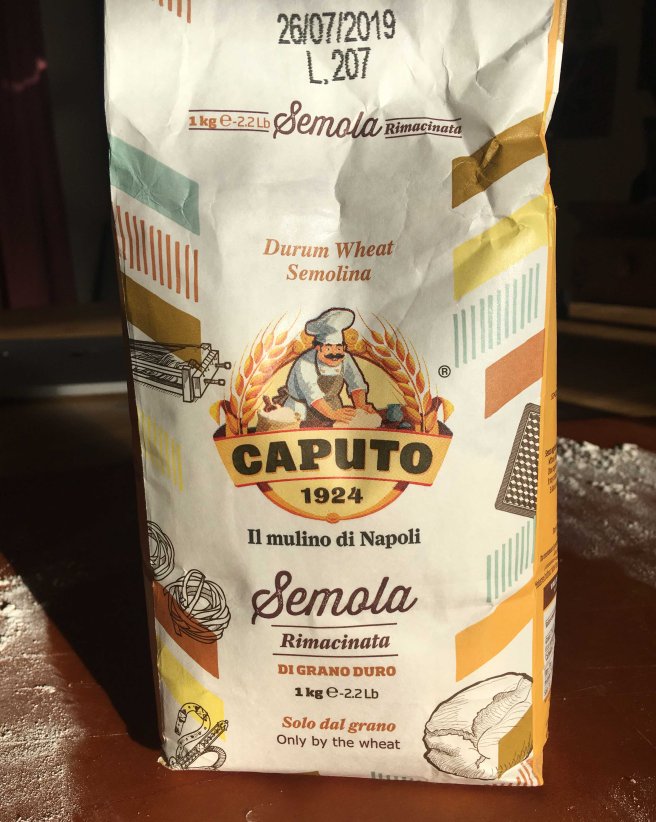Can there be any food be any food more completely perfect than pizza? DonQui Oaty thinks not. Therefore he has decided to learn how to make it himself from scratch.

DonQui’s first step is a pizza-making course at the Two Magpies bakery in Southwold, Suffolk. Well known for miles around for its incomparable breads and pastries the Two Magpies has extended its sourdough know-how into pizza making. DonQui is keen to learn more.
The evening course begins with a discussion about flour, sourdough and pizza. DonQui learns the importance of ‘hard flour’ with a high gluten content. This is essential to achieve the elasticity needed for a good pizza base. Using sourdough rather than yeast is a slower and better leavening process that alleviates the problems some people have with gluten. Then it is into the bakery to learn how to make and work the dough.

He works the dough feeling how, with kneading, it turns from a sticky ‘shaggy dough’ into a smooth, elastic mass. After leaving it for 20 minutes the elasticity increases and he kneads it some more. He learns that resting is important because immediately after kneading some of the elasticity is lost. Like muscles strained after a run, it needs rest to strengthen.
When the dough can be gently pulled apart without breaking it is ready to be formed. DonQui learns that the way to do this is too gradually stretch it out — not by rolling it with a rolling pin.

The first step is to take a 250g ball of dough, gently flatten it out on a board (lightly floured to prevent sticking) and press around the edges to create the cornicione or edge.
Then slowly stretch the base out as thinly as possible, careful not to break it. Holding it up over two fists to let the edges fall down while gently turning is a good way of doing this, if feeling confident one could toss it up into the air and spin it around like a professional pizzaiolo. DonQui has yet to master this skill.

With the benefit of adult supervision and a blistering hot professional baker’s oven (350º+), DonQui’s first pizza is a great success.

His first attempts to try this at home are OK but not brilliant. The base ends up a bit ‘doughy’ rather than light and crisp.

Even with the addition of a pizza stone, his home oven with maximum temperature of 250º does not quite do the job.

With further experimentation he finds ways to overcome this. Blind baking the base for 3 minutes before putting on the toppings is his first break-through. This gives a crispy crust at the lower temperature of his home oven. Adding a small amount of dried yeast as well as sourdough levain aids rising and makes the base lighter.

Perfection, however, is only achieved when he tries using strong Italian 00 (super-fine) semolina flour. This flour — made especially for pasta and pizza — utterly transforms the dough. It is almost immediately elastic and the resultant base is as good as he has ever tasted anywhere.

Here, below, is DonQui’s recipe based on the Two Magpie’s original instructions with his own modifications.
It makes two small individual pizzas or a single large one.
Ingredients
250g strong white bread flour
½ teaspoon dried yeast
140g water
95g sourdough levain (starter)
5g salt (a good teaspoonful)
10g olive oil
Method

Combine the flour, yeast, water and levain by hand into a shaggy dough.

Turn onto a lightly floured surface and knead until a smooth non-sticky dough has formed.

Add salt and continue kneading until all granular traces have gone. Slowly add the oil and work it in until fully incorporated and the dough is smooth and strong.

Leave the dough to rise for 2 hours in a lightly oiled, covered container at warm room temperature (22-27ºC).

Cut the dough in half (makes approximately two 250g portions). Shape each into a tight ball and either use immediately or wrap in cling film and refrigerate for a maximum of 48 hours. The dough balls can also be frozen.
To use, bring the dough back up to room temperature (if refrigerated), work it a few times to check elasticity by gently stretching and folding. It should be possible to do so without the dough immediately breaking apart.

Let rest for 20 minutes then stretch into shape on a lightly floured surface. The final stretch is best done on parchment paper so that the base does not end up sticking to the board.
Blind bake at maximum temperature in a pre-heated oven (250º C at least) for 2-3 minutes on the parchment paper. Using a pizza stone will give a crispy base but be sure to put the stone in a cold oven or it will crack.
Remove from the parchment paper. Put on toppings when cooled.
Bake at maximum temperature for 6 minutes directly on the pizza stone. This will give a crispier finish than if it was left on the paper.

The flour
Pizza dough is best made with Italian Tipo ‘00’ durum wheat flour. It is finer ground than normal and has a high gluten content. It will give the dough an incredibly smooth, firm, texture.

If using white bread flour, make sure it is a strong one that’s high in gluten. It is the high gluten which gives the essential firm elasticity. Look for Canadian flour which has a higher gluten content than most European ones. Normal all-purpose flour will simply not do the job.

Some millers in the UK are now producing pizza flour which combines Italian style fine grind with local high gluten wheat.

That’s the way to do it – fabulous taste
LikeLiked by 1 person